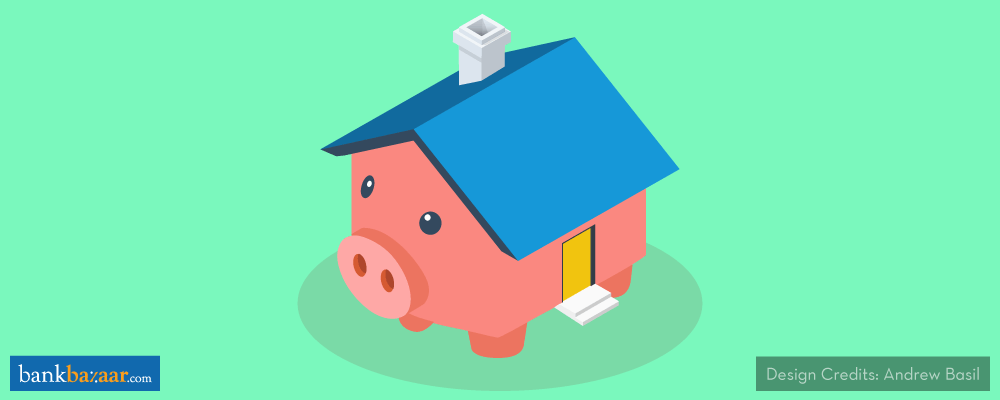For any borrower, the priority should be to reduce liabilities as soon as possible. Follow these smart tips that can help you in doing so.

Buying a home is one of the most important financial decisions ever. It does come with a big cost but ushers in peace and stability in the owner’s life, adding a bankable future asset. Most people who purchase or construct a home go for a Home Loan to finance their home. Taking a loan means repaying the principal along with a substantial sum of interest over a specified period of time.
Suppose you take a home loan of Rs 25 lakh at 8.50 % per annum for 15 years (180 months) then you pay a total of Rs 44,31,328 during this period with the interest amount being Rs 19,31,328. The monthly EMI would come to Rs 24,618.
Taking into account the huge amount of interest that a home loan borrower has to pay over the entire tenure of the loan he/she should try to repay the loan as soon as possible to minimise this outflow.
Here are some of the ways to do it:
Pay A Higher EMI
If it is financially convenient, you must opt for a higher EMI than the one calculated by the lender. Paying a higher EMI greatly reduces your total tenure thereby resulting in a lot of savings over the entire time-frame. The burden of paying EMI’s for a longer period also gets minimised. Once free from the EMI cycle, you can always divert the money into corpus building measures.
Go In For Partial Pre-payment
As there is no penalty for pre-payment of home loan whether fully or partially in any bank, you should make full use of this facility from time to time to keep repaying it partially. Remember that in the initial period the component of interest in the EMI is higher and gets reduced with the passage of time. Thus pre-paying any amount in the initial phase of the loan gives you a double benefit. It not only reduces your principal amount but also bring down the total interest payable. Use your bonus and incentives, maturing Fixed Deposits, cash gifts from parents, friends and family or any other one-time income for partial pre-payment. You can also devise your own systematic payment plan to help you make such payment.
Increase EMI With An Increase In Your Income
In normal circumstances, your income increases over a period of time. This increase in income can systematically be used to increase your EMI. This not only helps you to repay the loan faster but also helps check excessive and unnecessary spending after an income-hike.
Shift Your Loan To A Bank That Charges A Lower Interest Rate
Various lenders can have varying interest rates at the same point in time. You can use this differential to your advantage by shifting your loan to a lender with the lesser interest rate. This can be done through ‘Balance Transfer Schemes’ of banks whereby the entire/major unpaid principal of home loan amount is transferred to another bank for a lower rate of interest. While doing so keep in mind that the new bank will charge fees for such a transfer and that there might be a processing fee for such a transfer. A smart way is to pre-calculate the benefit of lesser interest versus the overall cost of loan transfer.
Have A Contingency Plan
Life is full of uncertainty and while taking a home loan you must be prepared for anything that can impinge on your ability to pay your EMIs’ on time. This will not only place an additional burden on you and cause undue stress but also have a negative impact on your financial rating.
You can follow these steps to reduce your liabilities as much, and as soon, as possible. This not only helps you in getting more relaxed but also makes your future financially promising.
BankBazaar is a leading online marketplace in India that helps consumers compare and apply for Credit Card, Personal Loan, Home Loan, Car Loan and insurance.
Shifting of liability from one bank to other is insignificant, when you are doing extra remittances. Also such cases are rare at present. But shifting from NBFC to a scheduled bank is advisable.
Hi Ramachandra, Thanks for the info. Cheers, Team BankBazaar